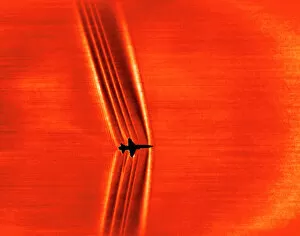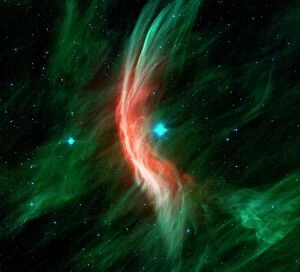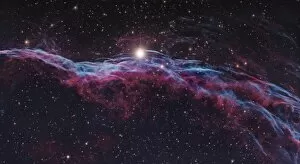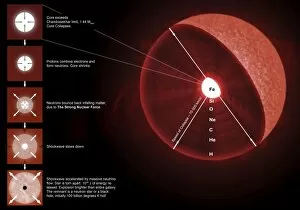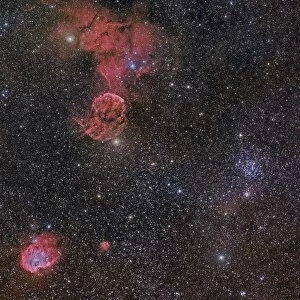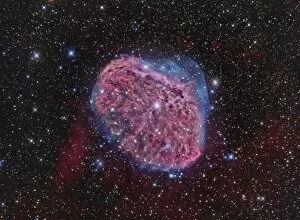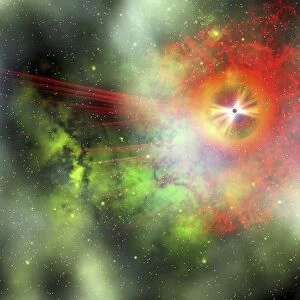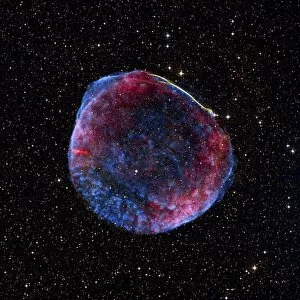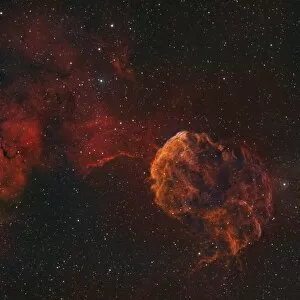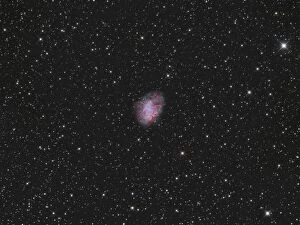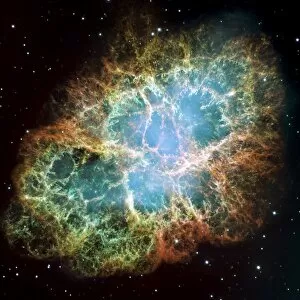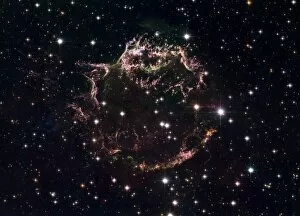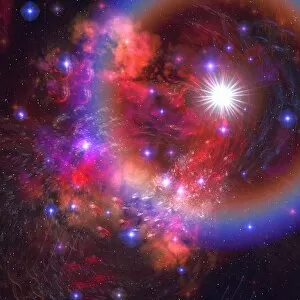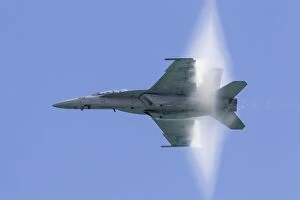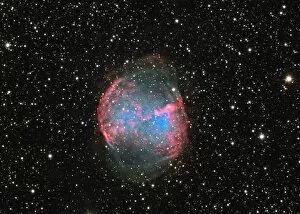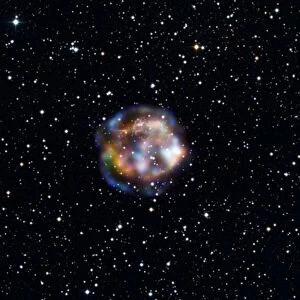Shockwave Collection
"Capturing the Unseen: Exploring the Power of Shockwaves" Supersonic shock waves and their mesmerizing effects have long fascinated scientists and astronomers alike
For sale as Licensed Images
Choose your image, Select your licence and Download the media
"Capturing the Unseen: Exploring the Power of Shockwaves" Supersonic shock waves and their mesmerizing effects have long fascinated scientists and astronomers alike. Through cutting-edge technology, we are now able to witness these awe-inspiring phenomena in unprecedented detail. In a striking Schlieren image, we observe the Zeta Ophiuchi bow shock, where this massive star plows through space at an astonishing speed, creating a stunning wave-like pattern. Its infrared counterpart, C016/9726, reveals hidden layers of complexity within this cosmic spectacle. On Earth's surface, our technological marvels take flight as the single-seat F-16XL aircraft joins forces with the legendary SR-71A. As crews prepare for their high-speed missions, they harness the power of shockwaves to push boundaries and unlock new frontiers in aerospace exploration. Venturing beyond our planet's atmosphere, NGC 6960 presents us with a captivating sight—the Veil Supernova Remnant—a testament to nature's destructive yet beautiful forces. This apocalyptic scene showcases gravity's might as it tears apart celestial bodies in its wake. Gazing further into deep space brings us face-to-face with The Crab Nebula—an intricate tapestry woven by remnants of a dying star that once dazzled as a supernova explosion rocked the cosmos. Witnessing these final stages reminds us of both life's transience and its enduring legacy. Gemini Constellation offers breathtaking nebulae formations—stunning vistas painted across interstellar canvases. These ethereal wonders captivate observers' hearts while igniting curiosity about distant worlds waiting to be explored. Among them stands The Crescent Nebula (NGC 6888), radiating vibrant hues against an infinite backdrop. Its delicate curves evoke feelings of serenity amidst vast cosmic chaos—a reminder that beauty can emerge even from destruction itself.

